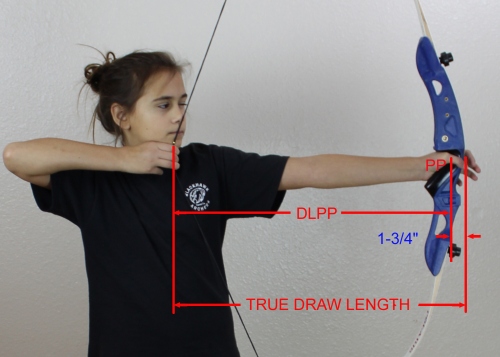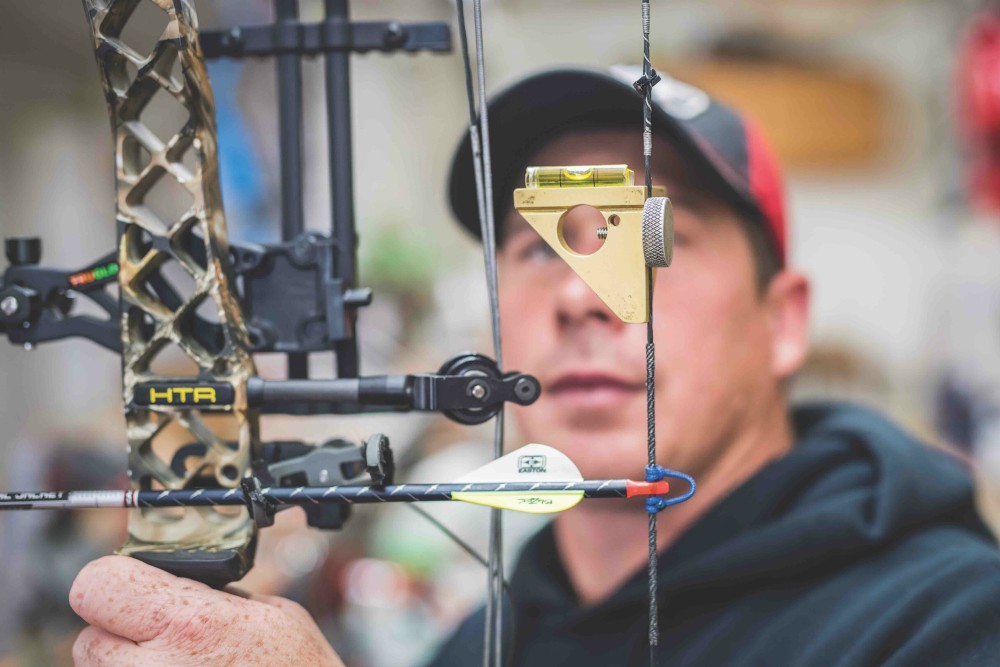Choosing the perfect draw weight for a recurve bow involves considering various factors such as physical strength, shooting goals, and experience level.
For beginners and those with lower strength, it is advisable to start with a lower draw weight, typically around 20-25 pounds, to build proper form and technique.
Intermediate archers may opt for draw weights between 25-35 pounds, while more experienced individuals can handle higher draw weights ranging from 35-45 pounds or more.
In this guide, we will go over the importance of selecting the appropriate recurve bow draw weight, explain what draw weight is, and provide a measurement chart to help you find the right weight for your strength and ability.
How can I assess my own strength and shooting capabilities to choose the optimal draw weight for a recurve bow?
To assess your strength and shooting capabilities for choosing the optimal draw weight of a recurve bow, you can follow these steps:
Start with a lower draw weight:
Begin by trying out a recurve bow with a lower draw weight, such as 20-25 pounds. This allows you to get comfortable with the basics of shooting and assess your initial strength and technique.
Gradually increase draw weight:
As you gain proficiency and build strength, incrementally increase the draw weight of your recurve bow.
Add around 2-5 pounds at a time, practicing consistently to adapt to the higher weight.
Pay attention to comfort and control:
Ensure that you can draw the bowstring smoothly and maintain control throughout the full draw.
If you struggle excessively or experience discomfort or strain, consider reducing the draw weight slightly.
Focus on consistent accuracy:
Evaluate your shooting performance by observing the accuracy and consistency of your shots.
If you find it difficult to maintain a steady aim or hit your target consistently, it may indicate that the current draw weight is too high for your current abilities.
Seek guidance if needed:
If you’re unsure about the optimal draw weight for your recurve bow, consult with experienced archers, coaches, or archery professionals who can provide personalized advice based on your individual strengths and goals.
How can I fine-tune or adjust the draw weight of a recurve bow to better suit my individual preferences and shooting style?
To fine-tune or adjust the draw weight of a recurve bow to suit your preferences and shooting style, you have a few options.
Firstly, you can change the limbs of the bow to ones with a higher or lower poundage. This allows you to increase or decrease the draw weight accordingly.
Secondly, you can use a bow weight adjustment system if your recurve bow is equipped with one. This system typically involves adding or removing weight modules to modify the overall draw weight.
Lastly, you can consider using different arrow spine ratings to alter the perceived draw weight. Lighter arrows can make the bow feel slightly heavier, while heavier arrows can make it feel slightly lighter.
Experiment with these adjustments to find the perfect draw weight that complements your individual preferences and shooting style.
The Measurement Chart:
Now that you have a better understanding of your own strength and ability, it’s time to use the measurement chart to find the appropriate draw weight for your recurve bow. A measurement chart is a helpful tool that provides a range of draw weights based on your body weight and experience level.
Here is an example of a measurement chart:
| Body Weight (lbs) | Beginner | Intermediate | Advanced |
| <120 | 20-29 | 25-34 | 30-39 |
| 120-139 | 25-34 | 30-39 | 35-44 |
| 140-159 | 30-39 | 35-44 | 40-49 |
| 160-179 | 35-44 | 40-49 | 45-54 |
| 180-199 | 40-49 | 45-54 | 50-59 |
| 200-219 | 45-54 | 50-59 | 55-64 |
| 220+ | 50-59 | 55-64 | 60+ |
To use the measurement chart, first, find your body weight in the left column. Then, based on your experience level, find the appropriate range in the rows across from your body weight. For example, if you weigh 140-159 lbs and are an intermediate archer, the appropriate draw weight range for you would be 35-44 lbs.
Factors to Consider When Selecting a Draw Weight
In addition to your own strength and ability, there are several other factors to consider when selecting a recurve bow draw weight. These include the type of archery you will be doing, the length of your draw, and your goals as an archer.
Type of Archery:
The type of archery you will be doing can affect the appropriate draw weight for your recurve bow.
For example, if you are planning on target shooting, you may want a lower draw weight to increase your accuracy.
On the other hand, if you are planning on hunting, you may want a higher draw weight to increase your power and distance.
Length of Your Draw:
The length of your draw, or how far back you draw the string, can also affect the appropriate draw weight for your recurve bow.
A longer draw will require more force to shoot accurately, so you may need a higher draw weight. Other one is the opposite as it is.
Goals as an Archer:
Your goals as an archer can also play a role in selecting the appropriate draw weight. If you are looking to shoot longer distances, you may want a higher draw weight to increase your power.
If you are looking to improve your accuracy, you may want a lower draw weight to make it easier to shoot accurately.
How To Adjust the Draw Weight on Your Recurve Bow?
After considering your own strength and ability, the type of archery you will be doing, the length of your draw, and your goals as an archer, you may find that the appropriate draw weight for your recurves bow is different from what is recommended on the measurement chart. In this case, you may need to adjust the draw weight on your recurve bow.
It’s important to safely adjust the draw weight on your recurve bow to avoid any accidents or injuries. Here are the steps to adjust the draw weight on a recurve bow:
- Disconnect the string from the limbs of the bow.
- Remove the limb bolts and loosen the limb pockets.
- Swap out the limbs for a different set with a higher or lower draw weight.
- Tighten the limb pockets and replace the limb bolts.
- Reconnect the string to the limbs of the bow.
Thanks , Ended

General Manager & Auditorial Head.
Killian Jake is a World Sports Traveler and hobbyist sports lover. By exploring different sorts of playing modules like indoor, outdoor, and many more. As for professionalism and writing, it’s helpful to give you the right suggestions on different games and sports.




